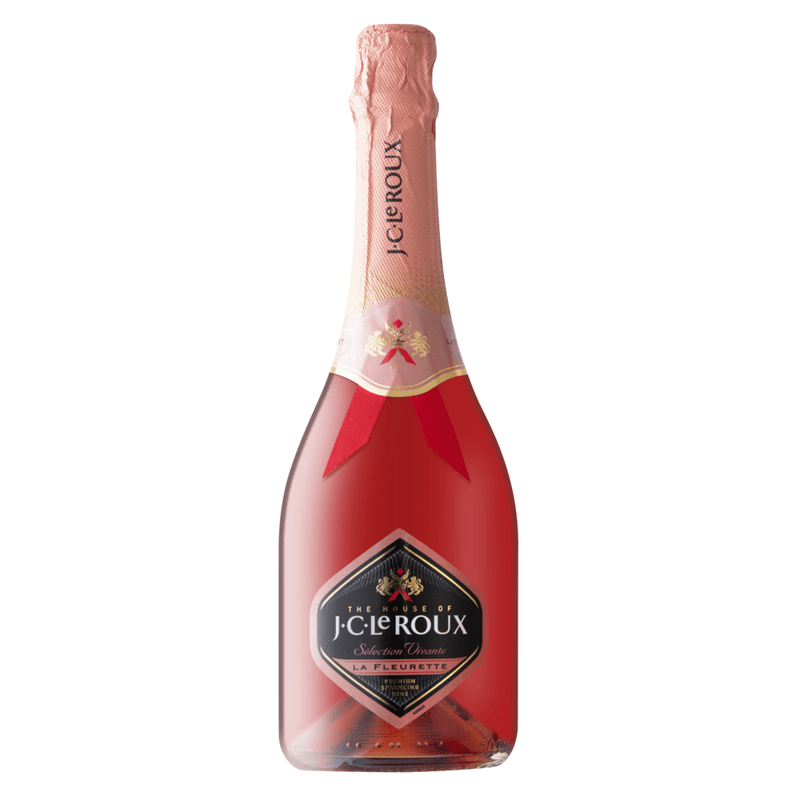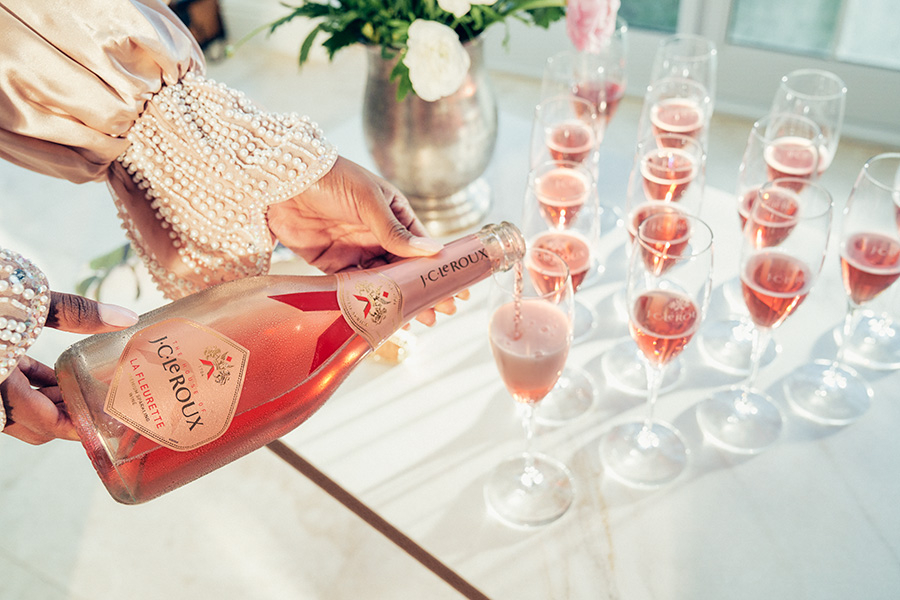Sparkling Success: How JC Le Roux Became South Africa’s Most Beloved Sparkling Wine Brand

Sparkling Success: How JC Le Roux Became South Africa’s Most Beloved Sparkling Wine Brand. In the heart of Stellenbosch, nestled among rolling vineyards and Cape Dutch architecture, lies a name synonymous with celebration: JC Le Roux. But long before it became a staple at weddings, graduations, and Sunday brunches, JC Le Roux was an ambitious idea shaped by tradition, innovation, and a unique understanding of South African tastes.
Origins Rooted in Heritage
JC Le Roux was established in 1982 as part of Distell, South Africa’s leading producer and marketer of wines, spirits, ciders, and ready-to-drink beverages. Named after French Huguenot Jean le Roux, who arrived in South Africa in 1704 and began cultivating vineyards in the Devon Valley, the brand sought to blend Old World tradition with New World flair. From its inception, JC Le Roux positioned itself as the country’s first and only dedicated sparkling wine house—a bold move in a market still largely focused on still wines.

Identifying a Gap in the Market
One of JC Le Roux’s early strategic insights was recognizing the potential of a more accessible, approachable sparkling wine. Where traditional Champagne was seen as elitist or reserved for very specific occasions, JC Le Roux offered something more versatile. The brand developed a wide range of sparkling wines, including both Cap Classique (made in the traditional method) and carbonated offerings, catering to both connoisseurs and casual drinkers.
The idea was simple but revolutionary: bring luxury to the everyday. This strategy allowed JC Le Roux to resonate with a broader demographic, from young adults looking for affordable indulgence to families celebrating special milestones.
Bold Product Innovation
Innovation played a central role in JC Le Roux’s rise. In a market where dry wines often dominated the conversation, JC Le Roux leaned into sweeter profiles, developing sparkling wines that were vibrant, fruity, and palatable to South African consumers. This wasn’t just a marketing ploy—it was backed by research into local taste preferences.
Varietals like La Fleurette, Le Domaine, and La Chanson offered a refreshing twist and quickly became household favorites. The decision to diversify with both non-vintage and premium Cap Classique ranges also enabled the brand to build credibility while maintaining broad appeal.

Building a Lifestyle Brand
From the outset, JC Le Roux didn’t just sell wine—it sold an experience. The brand understood the power of emotional connection and lifestyle marketing. Its Stellenbosch tasting room was transformed into an elegant destination, offering cellar tours and food pairings that brought sophistication without pretense. This immersive experience strengthened brand loyalty and turned visitors into lifelong customers.
Marketing campaigns emphasized themes of elegance, celebration, and South African pride. Rather than imitating European brands, JC Le Roux embraced its roots and proudly positioned itself as a leader in local sparkling wine. This authenticity became a key differentiator.
Overcoming Challenges
Despite its success, JC Le Roux faced its share of challenges. The South African wine industry is highly competitive, with numerous domestic and international players vying for market share. There was also the challenge of perception—premium consumers initially viewed sweeter, carbonated sparkling wines as less serious than traditional méthode champenoise offerings.
JC Le Roux addressed this by investing in education. Through its tasting experiences, partnerships with hospitality institutions, and media engagements, the brand worked to shift public understanding of sparkling wine. It also continually improved its production standards, particularly with its Méthode Cap Classique range, which earned critical acclaim and awards, reinforcing its credibility.

Staying Resilient and Relevant
In recent years, JC Le Roux has maintained relevance by adapting to evolving consumer habits. Limited-edition packaging, seasonal campaigns, and strong digital engagement allowed it to stay top of mind in a saturated market. Even amid economic downturns, the brand positioned itself as a small luxury that consumers could still afford to enjoy.
By keeping its pricing accessible and its tone inclusive, JC Le Roux managed to weather shifts in buying power without diluting its brand.
Entrepreneurial Lessons from JC Le Roux
Aspiring entrepreneurs can glean several actionable lessons from JC Le Roux’s journey:
- Find your niche and own it. JC Le Roux was South Africa’s first dedicated sparkling wine house. Specialization can lead to leadership.
- Listen to your market. By crafting sweeter profiles based on local preferences, the brand stayed culturally and commercially relevant.
- Build experiences, not just products. From tastings to marketing, JC Le Roux sold a lifestyle that people wanted to be part of.
- Adapt without losing your identity. While the brand evolved, it never strayed from its South African roots.
From its humble beginnings in the Devon Valley to becoming a fixture in celebrations nationwide, JC Le Roux’s rise is a masterclass in marrying tradition with innovation. For entrepreneurs, its story is proof that a clear vision, strategic focus, and authentic engagement can transform a niche product into a national icon.




